Doe/netl-2012/1540 Mobility And Conformance Control For Carbon Dioxide Enhanced Oil Recovery (Co2-Eor) Via Thickeners, Foams, And Gels - U.s. Department Of Energy Page 204
ADVERTISEMENT
 1
1  2
2  3
3  4
4  5
5  6
6  7
7  8
8  9
9  10
10  11
11  12
12  13
13  14
14  15
15  16
16  17
17  18
18  19
19  20
20  21
21  22
22  23
23  24
24  25
25  26
26  27
27  28
28  29
29  30
30  31
31  32
32  33
33  34
34  35
35  36
36  37
37  38
38  39
39  40
40  41
41  42
42  43
43  44
44  45
45  46
46  47
47  48
48  49
49  50
50  51
51  52
52  53
53  54
54  55
55  56
56  57
57  58
58  59
59  60
60  61
61  62
62  63
63  64
64  65
65  66
66  67
67  68
68  69
69  70
70  71
71  72
72  73
73  74
74  75
75  76
76  77
77  78
78  79
79  80
80  81
81  82
82  83
83  84
84  85
85  86
86  87
87  88
88  89
89  90
90  91
91  92
92  93
93  94
94  95
95  96
96  97
97  98
98  99
99  100
100  101
101  102
102  103
103  104
104  105
105  106
106  107
107  108
108  109
109  110
110  111
111  112
112  113
113  114
114  115
115  116
116  117
117  118
118  119
119  120
120  121
121  122
122  123
123  124
124  125
125  126
126  127
127  128
128  129
129  130
130  131
131  132
132  133
133  134
134  135
135  136
136  137
137  138
138  139
139  140
140  141
141  142
142  143
143  144
144  145
145  146
146  147
147  148
148  149
149  150
150  151
151  152
152  153
153  154
154  155
155 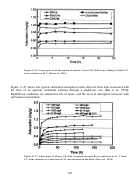 156
156 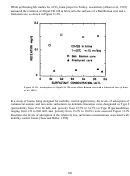 157
157 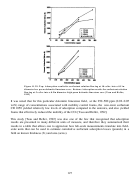 158
158  159
159  160
160 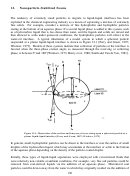 161
161 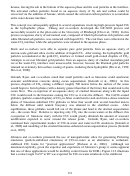 162
162  163
163 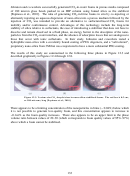 164
164 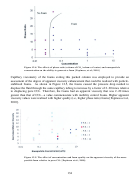 165
165 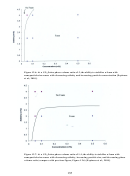 166
166 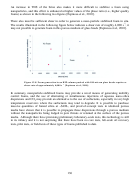 167
167  168
168  169
169 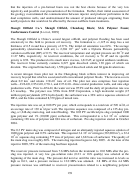 170
170  171
171 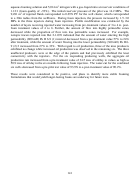 172
172 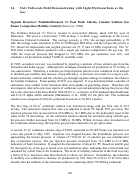 173
173  174
174 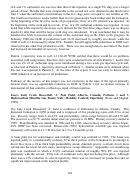 175
175 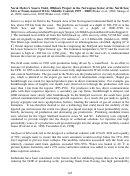 176
176 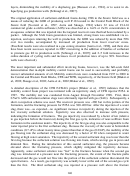 177
177 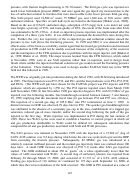 178
178  179
179 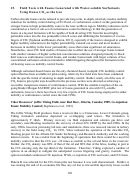 180
180  181
181 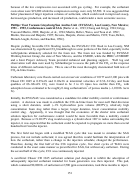 182
182 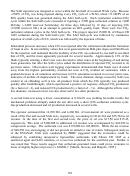 183
183  184
184 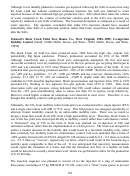 185
185 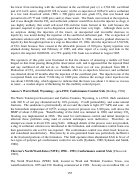 186
186  187
187  188
188 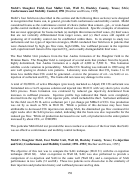 189
189 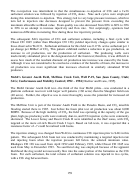 190
190  191
191 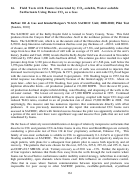 192
192 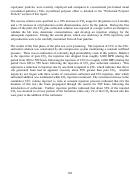 193
193  194
194  195
195  196
196  197
197  198
198 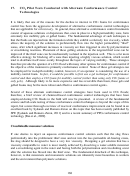 199
199 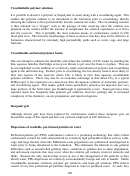 200
200  201
201 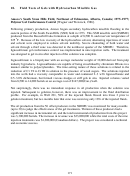 202
202 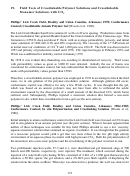 203
203  204
204 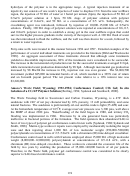 205
205 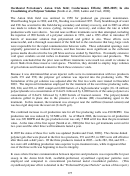 206
206 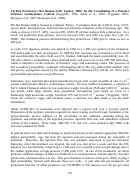 207
207 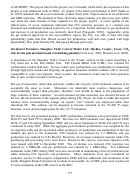 208
208  209
209 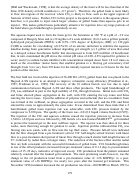 210
210 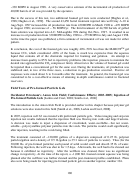 211
211 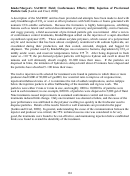 212
212 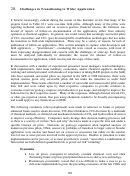 213
213 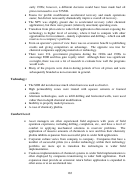 214
214 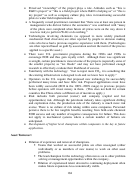 215
215  216
216 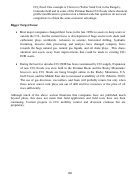 217
217 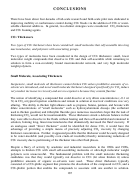 218
218  219
219 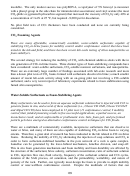 220
220 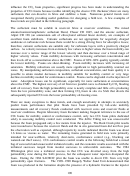 221
221  222
222 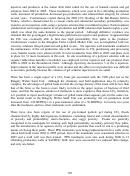 223
223 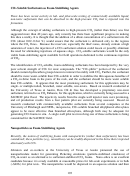 224
224 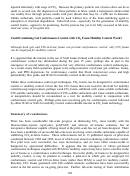 225
225  226
226 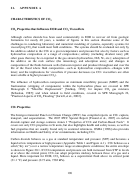 227
227 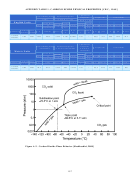 228
228 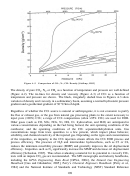 229
229 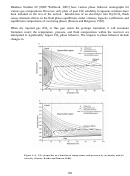 230
230  231
231 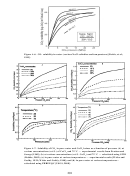 232
232 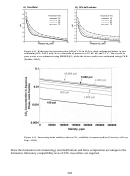 233
233  234
234 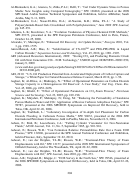 235
235  236
236  237
237  238
238  239
239  240
240 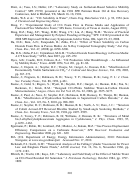 241
241 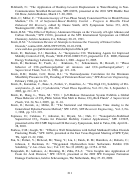 242
242 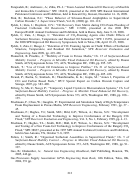 243
243 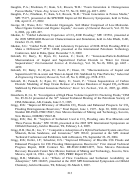 244
244  245
245  246
246  247
247  248
248  249
249 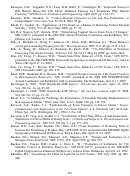 250
250 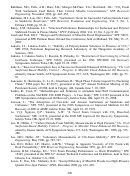 251
251  252
252  253
253 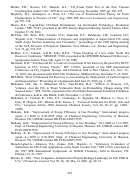 254
254 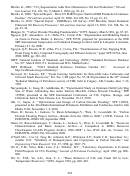 255
255 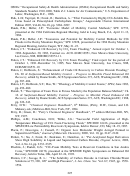 256
256  257
257 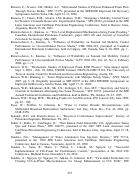 258
258 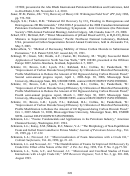 259
259 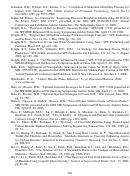 260
260 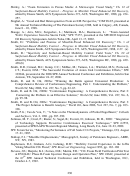 261
261 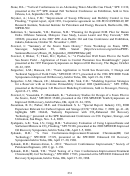 262
262 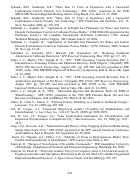 263
263 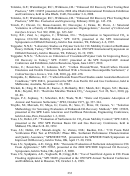 264
264 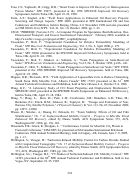 265
265 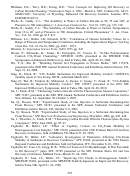 266
266  267
267 five days and gas-lift pressure was maintained on the casing in order to prevent the gel from
forming in the production wellbore
The production of incremental oil and the increase in injection pressures after the treatments
demonstrated that the gels did form in situ. The incremental oil production attributable to these
treatments was 65 BOPD, totaling 25,000 bbl. by November 1985. This project was considered
an economic success in that payout occurred in 1 ½ months, and the ability to effectively block
the entire channel was considered to be a key aspect of the effectiveness of the treatment.
Chevron’s Rangely Weber Sand Unit, Rio Blanco County, Colorado; 1994–1997;
Conformance Control; CO
gel; In situ Gelation of a CC/AP Polymer Solution [Hild and
2
Wackowski, 1998; Friedman et al., 1999; Sydansk and Southwell, 2000].
The Weber Sand Unit (described in the previous section on CO
foams) was tested with foam
2
along with other near-wellbore treatments during the late 1980s. Because the field had matured
and both conformance and mobility control problems were becoming more significant in the
mid-1990s, Chevron decided to employ a technique involving the injection of a very large
volume of a diverting agent that could occupy a substantial portion of the interwell region in the
high permeability, watered out zones. The gel solution was an uncrosslinked polymer solution
that was intended to flow primarily into the high perm zone, gel, and then divert flow into lower
perm zones that (hopefully) did not receive a significant amount of the gel solution.
During CO
flooding, it became apparent that an extensive fracture network existed throughout
2
the field, as evidenced by the identification of over 100 pairs of injector-producer wells that
exhibited early CO
breakthrough. Research conducted at NMIMT [Seright and Liang, 1996]
2
indicated that a Cr (III) acetate polymer gel system requires a permeability of at least several
hundred millidarcies for placement of the matrix. Therefore, this solution was selected because
the high permeability zones and fractures had a greater permeability than the minimum amount
needed for the gel to form, while the zone targeted for post-gelation CO
recovery had a
2
permeability of roughly 10 mD, meaning that the gel solution should not block this oil-rich zone.
Cr (III)-carboxylate/acrylamide polymer gels (CC/AP) are aqueous solutions that form gels when
the polyacrylamide is crosslinked by a Cr (III)-carboxylate-complex, typically in the form of
chromic triacetate. Two major formulations of the gel are used for two distinct applications. If
near-wellbore (<15ft.) total fluid shutoff treatments are desired for unfractured rock, small
volumes (typically < 500 bbl.) of fresh water solutions containing high concentrations (3.5–7.0
wt.%) lower molecular weight (200,000–2,000,000) polymers are used. If fractures or multiple
darcy permeability zones are prevalent, as is the case at Rangely, large volumes (500–40,000
bbl.) of a produced brine solution containing low concentrations (0.3–2.0wt%) of high molecular
weight (>4,000,000) polymer are injected. Details of the chemistry associated with CC/AP gels
are found in Marathon’s review of 12 years experience using this technology in a wide array of
applications, including conformance control, during CO
floods at the Rangely and Wertz fields
2
[Sydansk and Southwell, 2000].
CC/AP can be used in many scenarios, and it was deemed to be appropriate for the Rangely field
because this gel is insensitive to the low pH characteristic of CO
floods if the degree of
2
173
ADVERTISEMENT
0 votes
Related Articles
Related forms
Related Categories
Parent category: Legal









